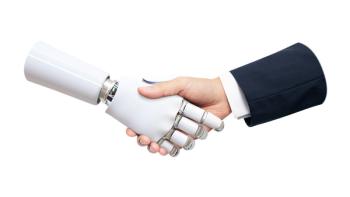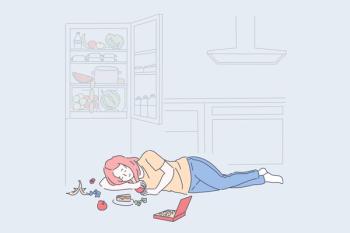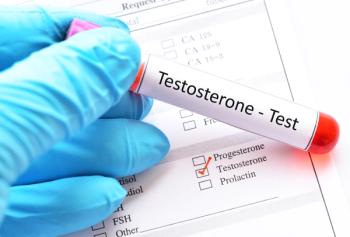
Rock, Paper, Scissors-Pica
Pica, a condition in which a person is compelled to eat non-food items such as dirt, paper, plaster, cigarette ashes, and other substances, is increasing in prevalence in adults. More in this patient education summary.
PATIENT EDUCATION
Pica, a condition in which a person is
The graphic illustrates a famous case from 1929, in which a patient was found to have a staggering 1446 nonfood items in his stomach. Want to get a closer look? These items are on display at the
Individuals with pica usually crave a particular
Although there are no clear answers to what would compel pica-type behaviors, it is typically found in young children, those with nutritional deficiencies (eg, iron and zinc), women who are pregnant, or in people with developmental delays or autism. Pica is often comorbid with other psychiatric disorders, especially anxiety and depression.
What are the dangers?
Eating non-food items can have severe health consequences.3 These include
• toxic poisoning (eg, lead-based paint chips)
• internal damage caused by sharp items
• parasites
• internal blockages and constipation
• damage to teeth
• nutritional deprivation
It is vital for those suffering from pica to seek the care of a medical doctor or mental health professional.
Pica on the rise
Incidences of pica have increased in recent years among adults. From 1999 to 2009, the number of hospitalizations as a result from pica increased 93%.1 Meanwhile, the number of hospitalizations for the eating disorders most commonly thought of, anorexia and bulimia, rose 13% and declined 14%, respectively.1
Clearly, pica needs to be addressed in order to combat the health risks and dangers associated with it.
[[{"type":"media","view_mode":"media_crop","fid":"25735","attributes":{"alt":"","class":"media-image","id":"media_crop_3600999909001","media_crop_h":"0","media_crop_image_style":"-1","media_crop_instance":"2404","media_crop_rotate":"0","media_crop_scale_h":"0","media_crop_scale_w":"0","media_crop_w":"0","media_crop_x":"0","media_crop_y":"0","title":" ","typeof":"foaf:Image"}}]]
Treatment
Order a full physical and screen for missing nutrients as well as other medical issues, eg, lead poisoning
Control for behavior and environmental factors. Mild aversion therapy has been effective in some cases
Seek to reduce impulse to eat abnormally with pharmacological interventions. “Medications may help reduce the abnormal eating behavior if pica is part of a developmental disorder, such as intellectual disability”4
Further reading:
Diagnostic criteria:
Disclosures:
Mr White is a content specialist at Clarity Way Rehab, in Hanover, Pennsylvania.
Graphic adapted with permission from
References:
1.
2. Kumsar NA, Erol A. The behavior of eating glass, with radiological findings: a case of pica. J Neuropsychiatry Clin Neurosci. 2013;25:E46-E48.
3.
4.
Newsletter
Receive trusted psychiatric news, expert analysis, and clinical insights — subscribe today to support your practice and your patients.














